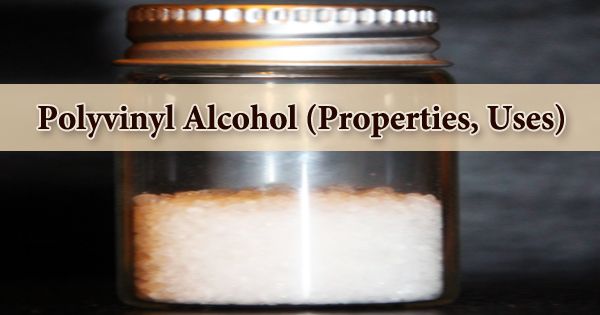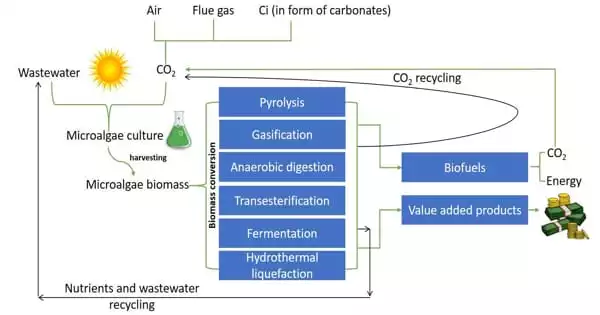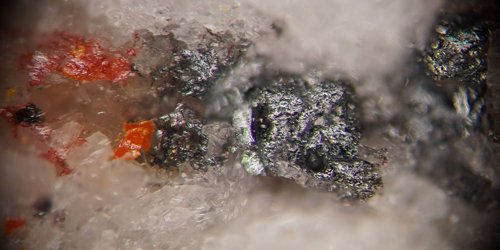Dichloramine is an inorganic reactive compound. It has the chemical formula NHCl2. It is an unstable compound formed by the chlorination of ammonia, but it is not known in its pure form. The yellow gas is unstable and reacts with a wide range of substances. It is produced as a result of a reaction between ammonia and chlorine or sodium hypochlorite. It is produced as a byproduct of the synthesis of monochloramine and nitrogen trichloride.
Chloramines are formed when chlorine (Cl2) reacts with ammonia (NH2). Chloramines are amines that have at least one chlorine atom that is directly bonded to nitrogen atoms (N). When dissolved chlorine and ammonia react, inorganic chloramines are formed. Three different inorganic chloramines are formed during this reaction: monochloramine (NH2Cl), dichloramine (NHCl2), and trichloramine (NCl3).
Properties
- Melting point: 79°C
- Boiling point: 330℃
- Density: 1.491
- Flash point: 153℃
- Storage temp.: -20°C
Synthesis
Dichloramine can be prepared by a reaction between monochloramine and chlorine or sodium hypochlorite:
NH2Cl + Cl2 → NHCl2 + HCl
Reaction
Dichloramine reacts with hydroxyl ions, which can be found in water or is produced by water molecules, to produce nitroxyl radical and chloride ions.
Mixing solutions of dichloramine and monochloramine under varying experimental conditions of pH, phosphate concentration, and initial dichloramine and monochloramine concentration started the decomposition of dichloramine, which produced primarily nitrogen gas and monochloramine.
Three types of inorganic chloramines can be formed during the reaction. The type of chloramines formed is determined by the pH value. Trichloramines are primarily formed when the pH is 3 or lower. When the pH value is 7 or above, monochloramine concentrations are highest.
Application
It is useful as bleach, disinfectant, and oxidizer. Organic disinfectants emit chlorine slowly, resulting in slower and less aggressive disinfection than hypochlorite (OCl-). When chlorine is used as a disinfectant, it can be used to improve the odor and flavor of the water. It is also used to disinfect drinking water and wastewater, as well as to prevent biofouling in cooling water systems.
















